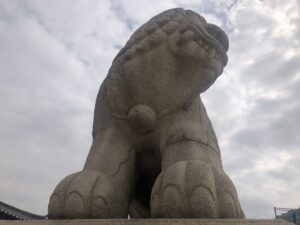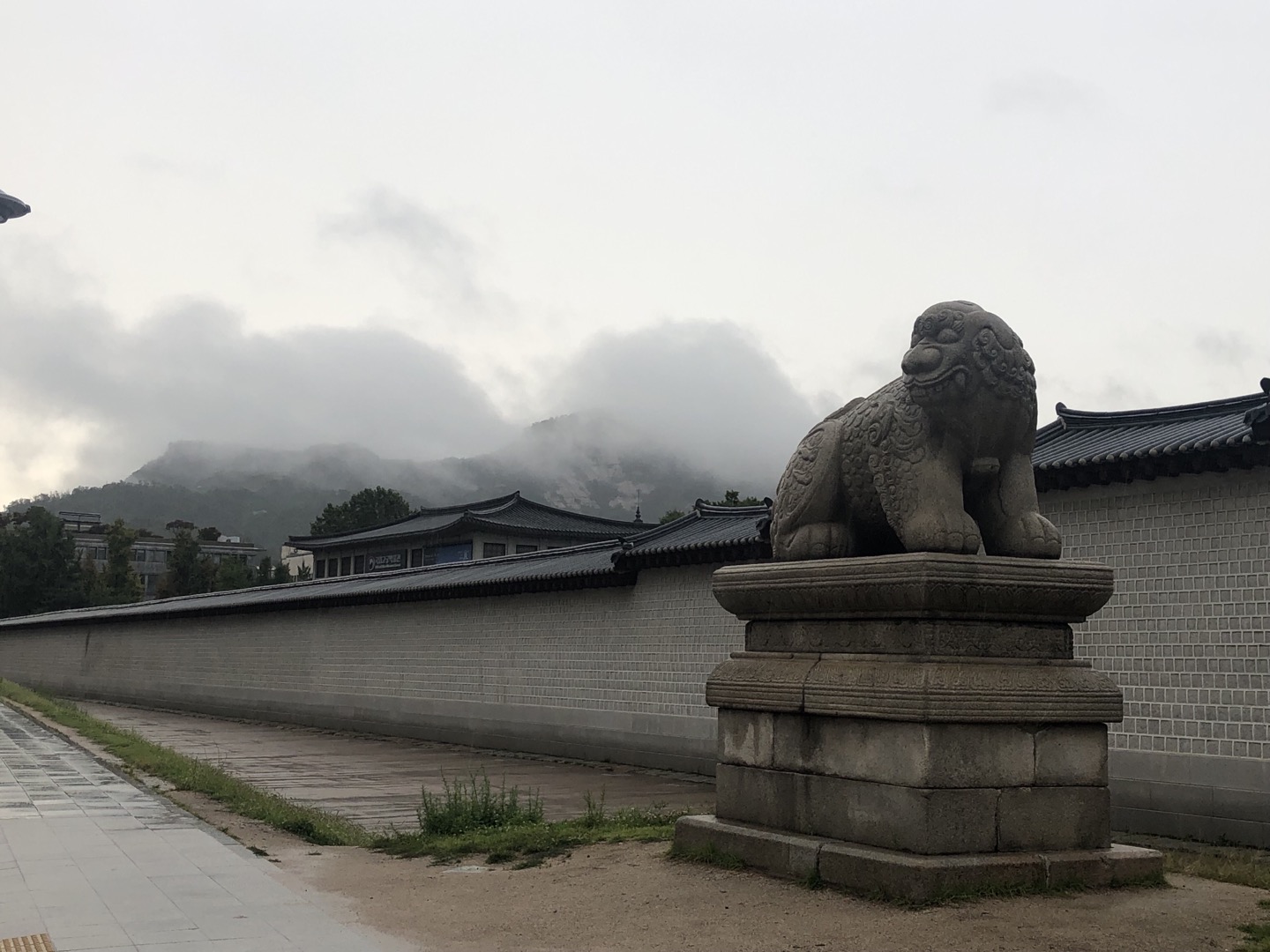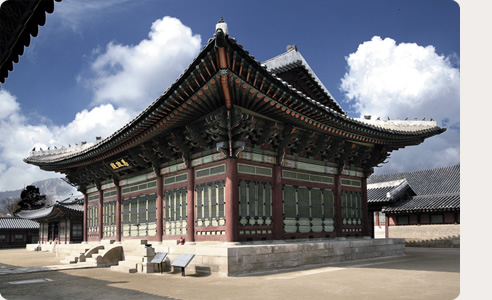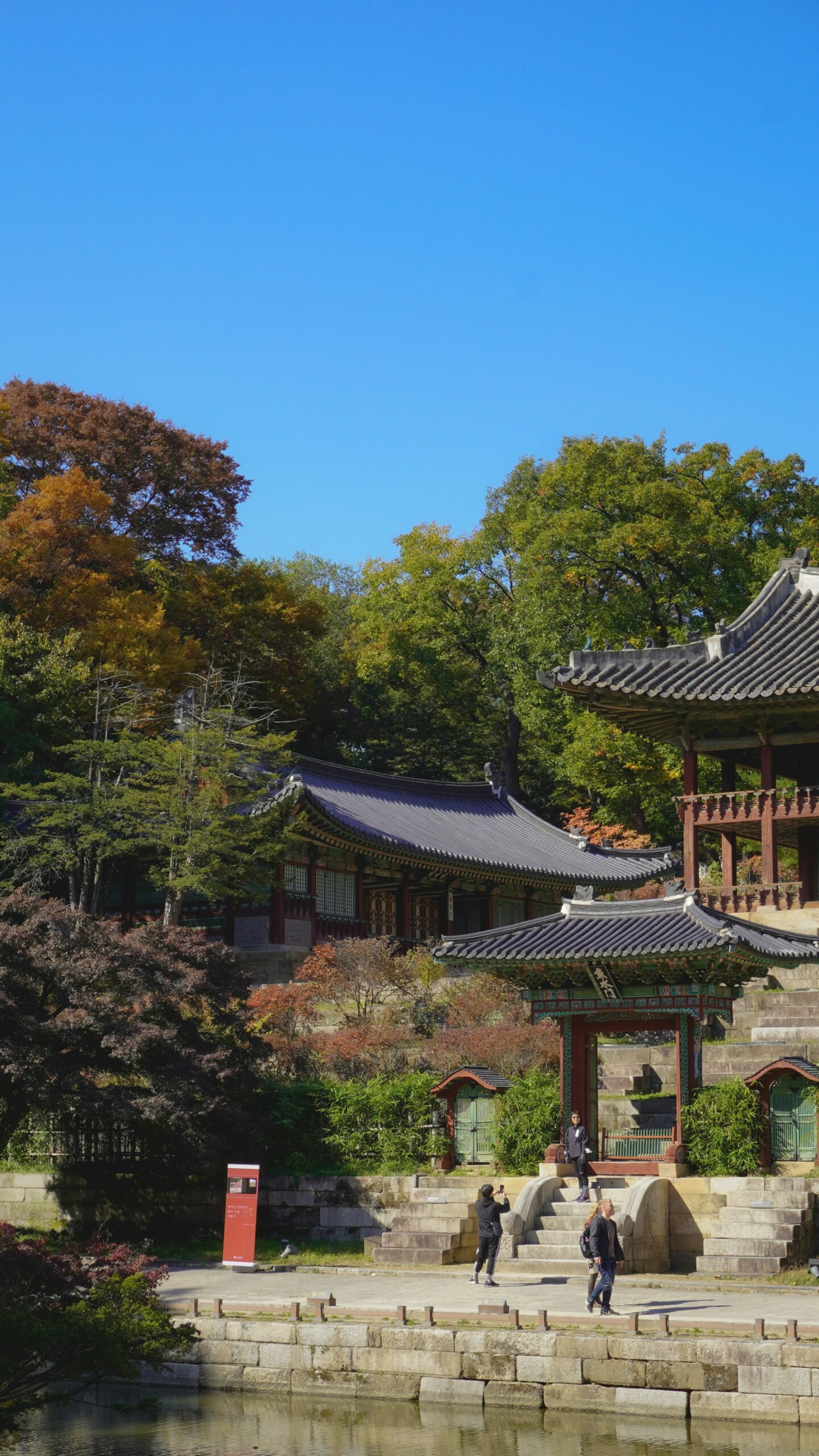In Korea (or in Korean movies or series), have you seen an animal that looks like a lion with a horn on its forehead? You may easily see Haetae (or called Haechi) when visiting Seoul as its symbol.
Telling right from wrong
In the past, people believed that Haetae is able to tell right from wrong. This virtue is closely related to that required of Saheonbu, which is similar to that of a present-day Prosecutor’s Office. Saheonbu officials had to be of a faithful, upright character, with moral values to fight bribery or improper influence from above. That’s why two statues are now standing in front of Gwanghwamun gate where Saheonbu used to be.
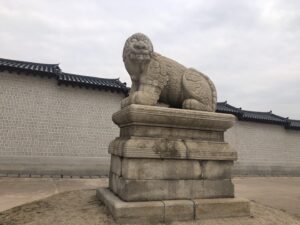
Joseon government officials wore different emblems on the front and back of their garments. Cranes were for civil officials, tigers were for military officials, and a Haetae, the symbol of justice, was used for Saheonbu officials.
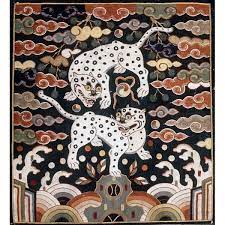
Haetae, auspicious imaginary animal
There are also many cultural assets with Haetae decorations. As Hatae is an imaginary animal protecting people from bad spirits, it melted into people’s lives in various forms such as stationeries. Meanwhile, Haetae also symbolizes the final judgment. In Buddhism, when humans die, they are judged to go to heaven or hell. In charge of this process, Jijang Bodhisattva and Siwang of Myeongbujeon Hall see the appearance of their lives through the special mirror carved with Haetae.
It was also thought to be auspicious animals that could control fire. There were many wooden buildings, and Seoul suffered from the frequent outbreaks of fire during the Joseon dynasty. Once a fire started, it would rapidly escalate into a horrible disaster. According to Korean mythology, the bell on its neck mysteriously went off the minute a fire broke out.
